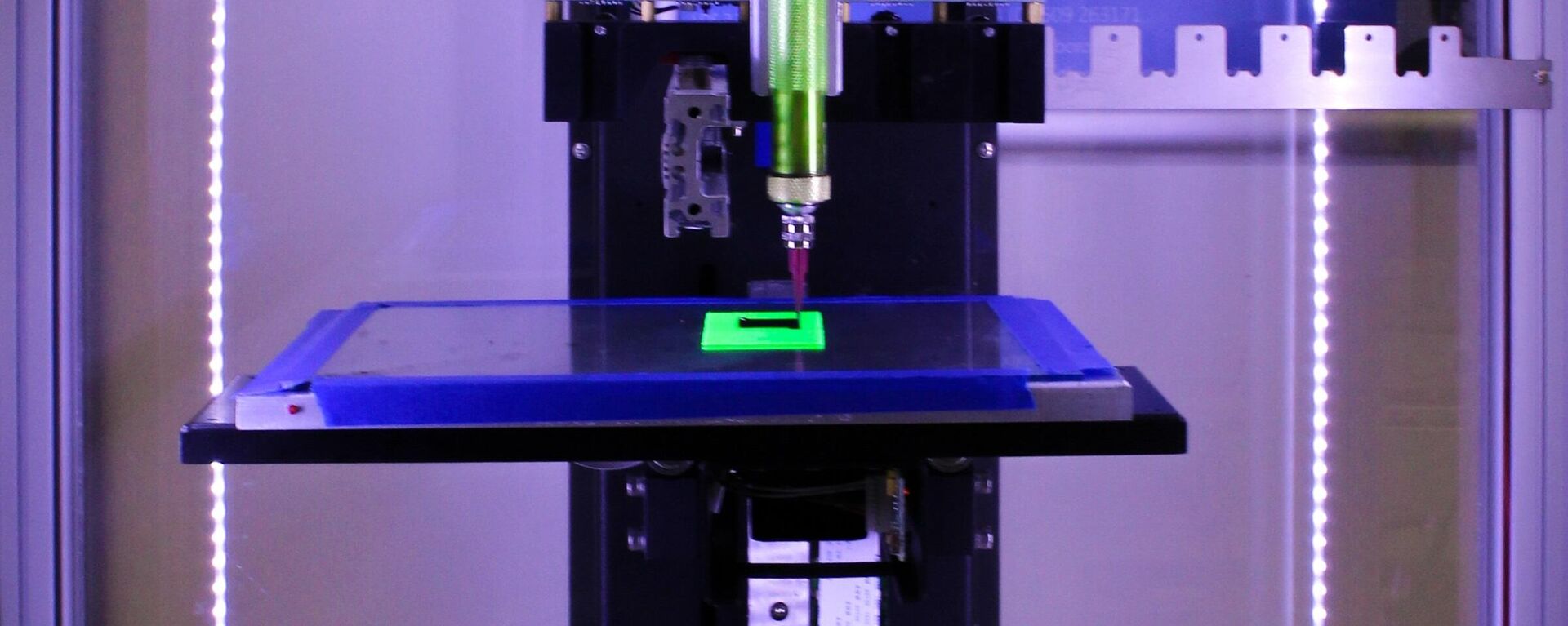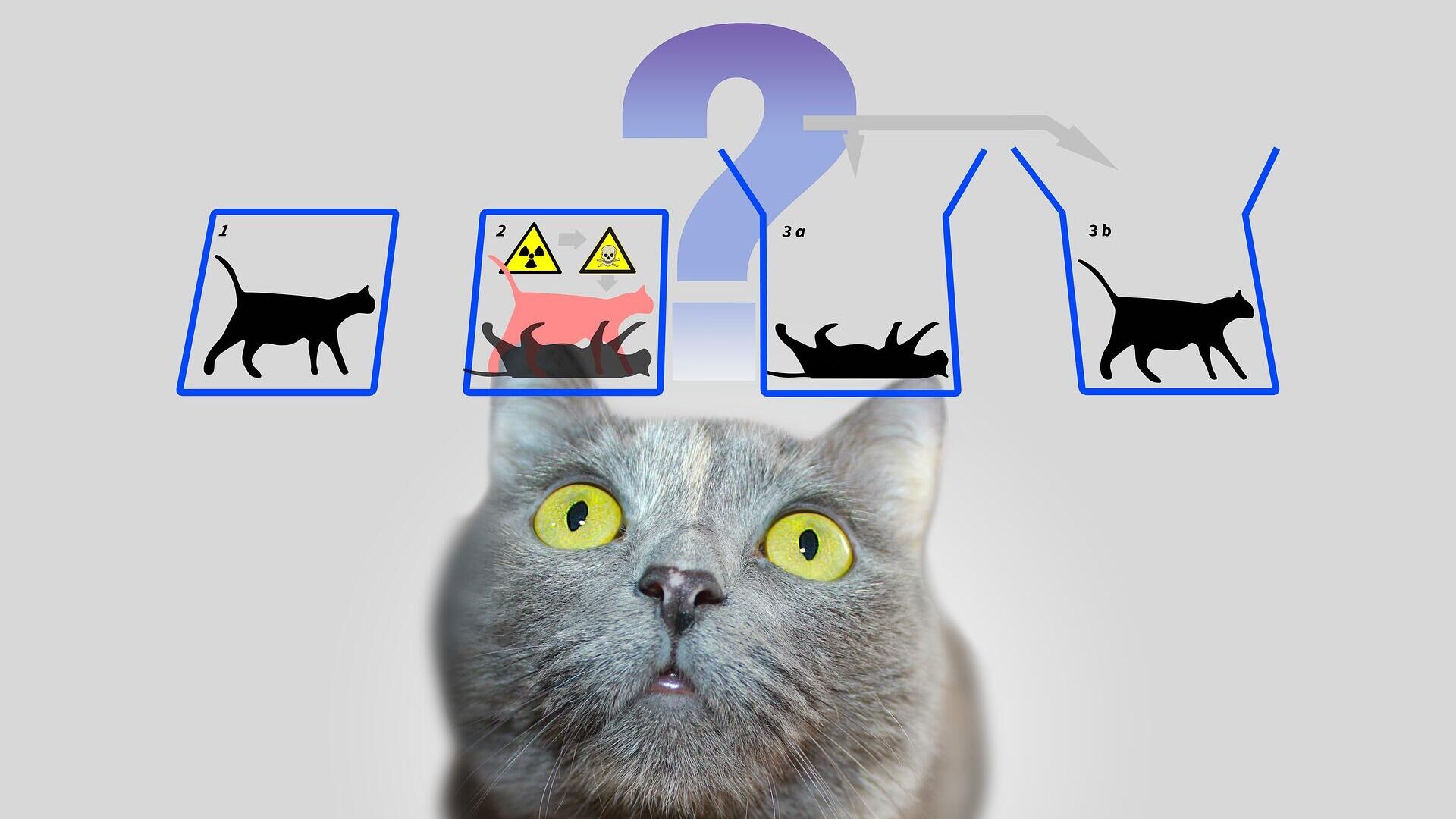https://sputnikglobe.com/20220121/schrdingers-cat-helps-solve-240-years-maths-problem-that-was-deemed-to-have-no-solution-1092430760.html
Schrödinger's Cat Helps Solve 240 Years Maths Problem That Was Deemed to Have No Solution
Schrödinger's Cat Helps Solve 240 Years Maths Problem That Was Deemed to Have No Solution
Sputnik International
The problem was proved unsolvable via classic methods through the use of computers in the middle of the 20th century. Not only does the new method solve the... 21.01.2022, Sputnik International
2022-01-21T15:44+0000
2022-01-21T15:44+0000
2022-01-21T15:44+0000
science & tech
quantum physics
quantum computers
https://cdn1.img.sputnikglobe.com/img/07e6/01/15/1092430696_0:69:1921:1149_1920x0_80_0_0_f2cf13060736ff9eaaef55185b63162c.jpg
A group of researchers from the Jagiellonian University in Poland and the Indian Institute of Technology in Madras have managed to solve the "unsolvable" maths problem known as "Euler's officer problem" using the famous Schrödinger's cat thought experiment.In case you didn't know: Schrödinger's cat was a thought experiment designed to show peculiarities of quantum physics. According to it, a cat in a closed box with a radioactive poison can be considered both dead and alive until the box is opened in a world of quantum physics.Euler's officer problem was first formulated by Leonhard Euler back in 1779 and is a maths puzzle: you operate an army of six regiments with each of them having six different officers of six different ranks; you must arrange these 36 officers in a 6-by-6 square while avoiding repeating either rank or regiment in any row or column.The problem was proved to be unsolvable back in 1960 using computers, which took a brute-force approach by working through all the possible variants of arranging officers. However, a group of researchers recently published a paper in which they demonstrated a way to solve this puzzle... sort of. All you have to do is to place the officers in the world of quantum physics and add a quantum entanglement into the mix.In the quantum world you can't really tell what regiment an officer belongs to or what rank he has. And if he is placed in a state of quantum entanglement – a physical phenomenon where groups of particles can share quantum states regardless of the distance between them – Euler's maths problem becomes solvable, according to the researchers. With the officers having neither a static regiment nor a fixed rank - and each of them entangled - the computer could find at least one arrangement of the 36 officers that would meet the terms set by Euler.So what does the solution of this maths-physics puzzle give us in practice? Theoretically, the method used to solve this problem can be applied in quantum computing. It can serve as a rudimentary system to safeguard such computers against mistakes in calculations and preserve the data in case of an error. According to the researchers' interview with Quanta Magazine, the absolutely maximally entangled state, which is achieved as a result of arranging these "quantum officers", can be used to organise resilient data storage for quantum computers.
https://sputnikglobe.com/20220113/scientists-develop-tool-for-printing-cheap-quantum-computers-processors-using-atoms-1092238684.html
Sputnik International
feedback@sputniknews.com
+74956456601
MIA „Rossiya Segodnya“
2022
Tim Korso
https://cdn1.img.sputnikglobe.com/img/07e6/03/0d/1093831826_0:0:216:216_100x100_80_0_0_e3f43a960af0c6c99f7eb8ccbf5f812c.jpg
Tim Korso
https://cdn1.img.sputnikglobe.com/img/07e6/03/0d/1093831826_0:0:216:216_100x100_80_0_0_e3f43a960af0c6c99f7eb8ccbf5f812c.jpg
News
en_EN
Sputnik International
feedback@sputniknews.com
+74956456601
MIA „Rossiya Segodnya“
Sputnik International
feedback@sputniknews.com
+74956456601
MIA „Rossiya Segodnya“
Tim Korso
https://cdn1.img.sputnikglobe.com/img/07e6/03/0d/1093831826_0:0:216:216_100x100_80_0_0_e3f43a960af0c6c99f7eb8ccbf5f812c.jpg
science & tech, quantum physics, quantum computers
science & tech, quantum physics, quantum computers
Schrödinger's Cat Helps Solve 240 Years Maths Problem That Was Deemed to Have No Solution
The problem was proved unsolvable via classic methods through the use of computers in the middle of the 20th century. Not only does the new method solve the theoretical maths problem, but can also have practical applications - aiding in the development of the nascent quantum computing systems.
A group of researchers from the Jagiellonian University in Poland and the Indian Institute of Technology in Madras have managed to solve the "unsolvable" maths problem known as "Euler's officer problem" using the famous Schrödinger's cat thought experiment.
In case you didn't know: Schrödinger's cat was a thought experiment designed to show peculiarities of quantum physics. According to it, a cat in a closed box with a radioactive poison can be considered both dead and alive until the box is opened in a world of quantum physics.
Euler's officer problem was first formulated by Leonhard Euler back in 1779 and is a maths puzzle: you operate an army of six regiments with each of them having six different officers of six different ranks; you must arrange these 36 officers in a 6-by-6 square while avoiding repeating either rank or regiment in any row or column.
The problem was proved to be unsolvable back in 1960 using computers, which took a brute-force approach by working through all the possible variants of arranging officers. However, a group of researchers recently published a paper in which they demonstrated a way to solve this puzzle... sort of. All you have to do is to place the officers in the world of quantum physics and add a
quantum entanglement into the mix.

13 January 2022, 18:14 GMT
In the quantum world you can't really tell what regiment an officer belongs to or what rank he has. And if he is placed in a state of quantum entanglement – a physical phenomenon where groups of particles can
share quantum states regardless of the distance between them – Euler's maths problem becomes solvable, according to the researchers. With the officers having neither a static regiment nor a fixed rank - and each of them entangled - the computer could find at least one arrangement of the 36 officers that would meet the terms set by Euler.
So what does the solution of this maths-physics puzzle give us in practice? Theoretically, the method used to solve this problem can be applied in quantum computing. It can serve as a rudimentary system to safeguard such computers against mistakes in calculations and preserve the data in case of an error. According to the researchers' interview with Quanta Magazine, the absolutely maximally entangled state, which is achieved as a result of arranging these "quantum officers", can be used to organise resilient data storage for quantum computers.



